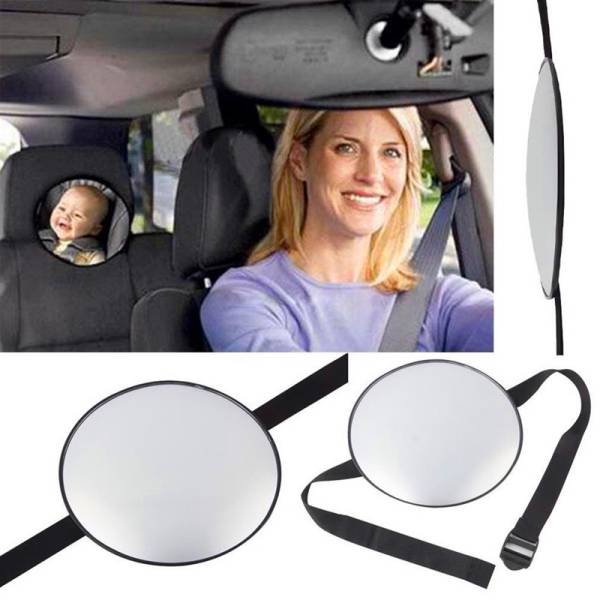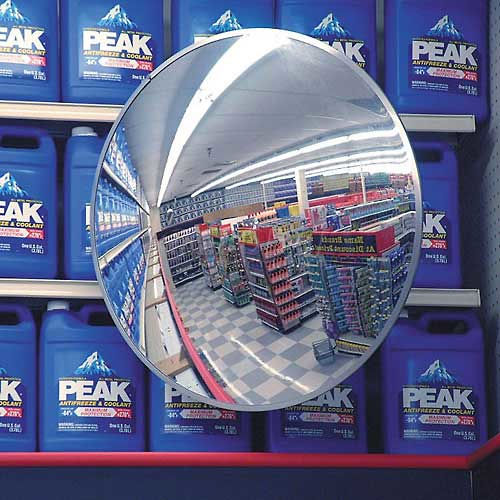What type of image is formed by a convex mirror?
A Acrylic convex mirror, also known as a fisheye sheet or divergent mirror, is a curved mirror with a bulge in the middle and a unique shape. They are commonly used in a variety of applications such as security surveillance, vehicle blind spot monitoring, and even decorative purposes. One of the main characteristics of convex mirrors is the type of image they form.
When light rays hit a convex mirror, they diverge or spread due to the shape of the mirror. This makes the reflected light appear to come from a virtual point behind the mirror (called the focal point). The focal point is on the same side of the object being reflected.

To understand the types of images formed by convex mirrors, it is important to grasp the concepts of real and virtual images. A realistic image is formed when light rays converge on a point and can be projected onto a screen. These images can be seen and captured on a screen or surface. On the other hand, a virtual image is formed when the light rays do not actually converge but appear to diverge from a point. These images cannot be projected onto a screen, but an observer can see them through a mirror.
Convex mirror a virtual image is formed. This means that when an object is placed in front of a convex mirror, the image formed appears to be behind the mirror, unlike when the image is formed in front of the mirror in a flat or concave mirror. The virtual image formed by a convex mirror is always upright, meaning it will never be inverted or flipped. Its size is also reduced compared to the actual object.

The size of the virtual image depends on the distance between the object and the convex mirror.
As the object moves closer to the mirror, the virtual image becomes smaller. On the contrary, when the object moves farther, the virtual image becomes larger. However, the image formed by a convex mirror can never be magnified beyond the size of the actual object.
Another characteristic of the image formed by a convex mirror is that it provides a wider field of view than a flat or concave mirror. The convex shape of the mirror allows it to reflect light over a larger area, resulting in a wider field of view. This is particularly useful in applications such as vehicle blind spot mirrors, where the driver needs a wider viewing angle to see approaching vehicles from the side.
Post time: Oct-21-2023
